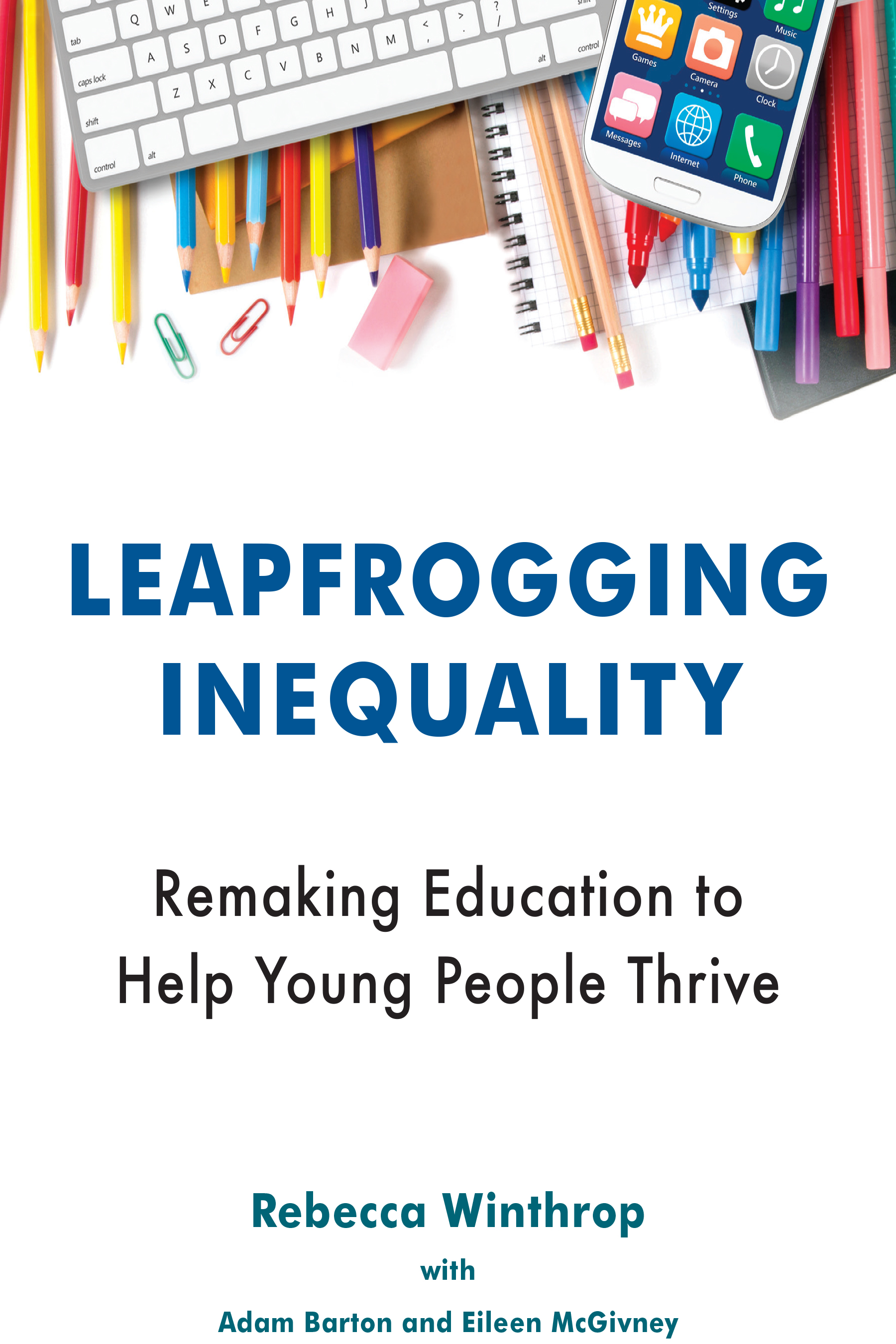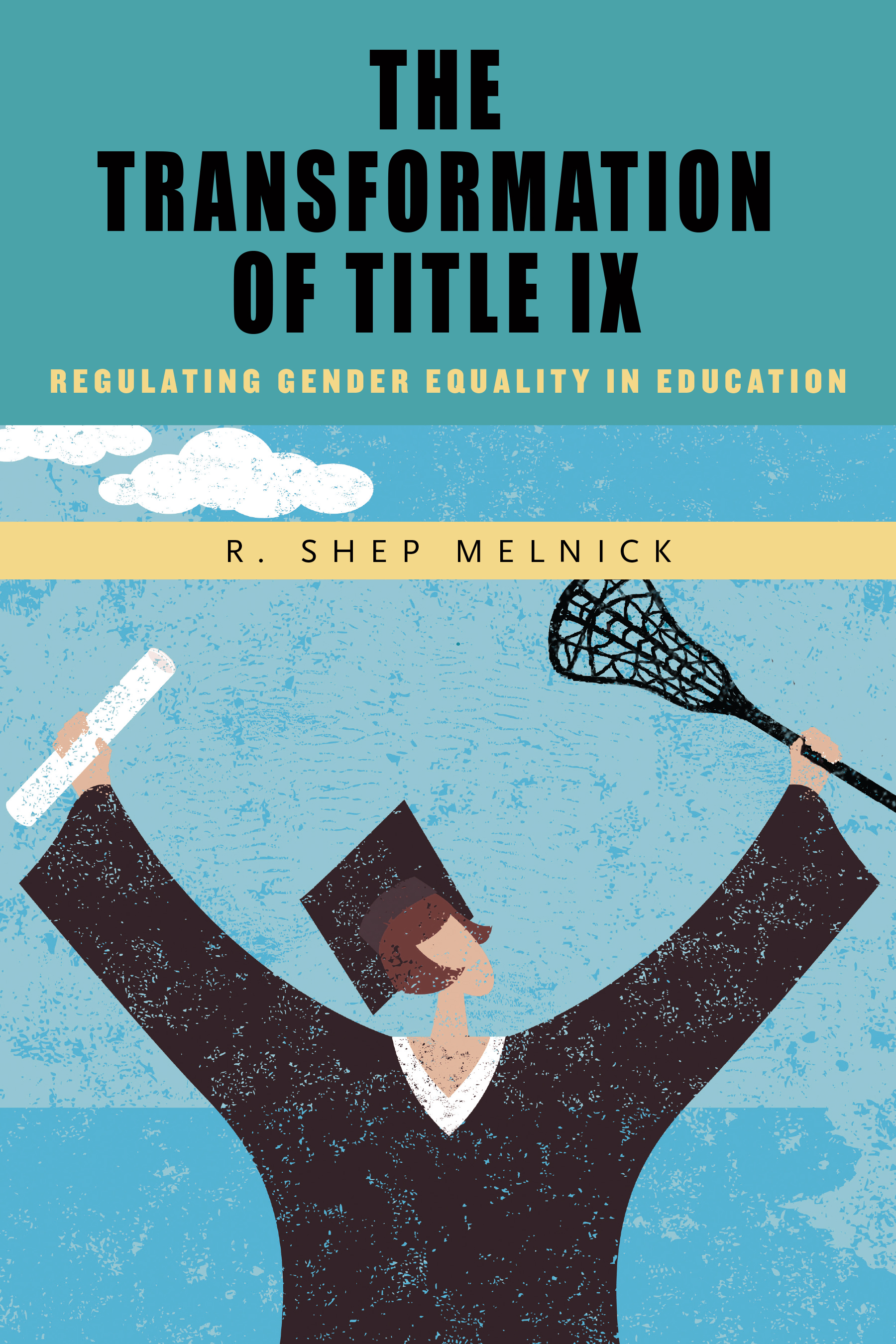Listen to BPEA Co-editor Justin Wolfers discuss this paper:
The vast majority of low-income, high-achieving students in the US do not even apply to any selective colleges, in spite of the fact that attending those institutions would cost less than the ones the students do attend thanks to generous financial aid packages, according to a new paper presented today at the Spring 2013 Conference on the Brookings Papers on Economic Activity (BPEA). The research has implications for how selective universities conduct recruitment and ultimately whether they simply focus on having a student body that is racially diverse or one that is more broadly income diverse.
In “The Missing ‘One-Offs’: The Hidden Supply of High-Achieving, Low-Income Students,” Caroline M. Hoxby of Stanford and Christopher Avery of Harvard find that there are indeed low-income students with SAT and ACT scores and grades that place them in the 10 percent of all students – between 25,000-35,000 of them. They find that there are missed opportunities in both directions: few if any of these students consider selective colleges, and selective colleges in turn miss them because they tend to focus their outreach efforts in major cities whereas many of these low-income, high-achieving students live in non-major urban areas.
“A student’s being an underrepresented minority is not a good proxy for his being low-income,” they write. “Thus, if a college wants its student body to exhibit income diversity commensurate with the income diversity among high achievers, it cannot possibly attain this goal simply by recruiting students who are underrepresented minorities. If admissions staff do most of their outreach to low-income students by visiting schools that are largely Hispanic and black, the staff should realize that this strategy is likely to lead to a student body that is not income-diverse.”
Hoxby and Avery analyze data geographically and that the majority (70 percent) of high-achieving students who apply to selective colleges come from but 15 urban areas whereas under half of high-achieving, low-income students come from those urban areas. In other words, many of these students tend to live in counties that had a large number of high-achievers per 17-year-old but not a large number of achievers in absolute terms. For every high-achieving, low-income student who applies, there are 15 high-achieving, high-income students applying to selective colleges.
The authors find that there are a variety of factors as to why these students do not think to apply to selective tertiary institutions or “reach” schools: they are isolated from other high-achievers, know few others who have attended these schools (be they teachers, college counselors or older students) and their school counselors are unaccustomed to advising students about selective colleges. On the other side, they find that these colleges spend a great deal of effort finding low-income students located near their campuses, which they term “searching under the lamp-post” – looking for low-income students near them as opposed to looking where the students are.
They also delve into high school teacher data and find that there is a very small share – 5 percent or less — of low-income students’ teachers who attended either match or even safety colleges for their high-achieving students. They note that even high-income students’ do not encounter many teachers with degrees from selective colleges.
Given the geographic spread of these “missing” students, the authors suggest different strategies for admissions staff to reach them: better use of alumni (research has found there is at least one alumnus in the vast majority of US counties) and customized informational written materials via email, online or social media.
“Our results suggest that interventions are more likely to affect low-income students’ college-going behavior if they do not depend, for their efficacy, on the students being concentrated in a limited number of schools or small geographic areas,” they conclude.









